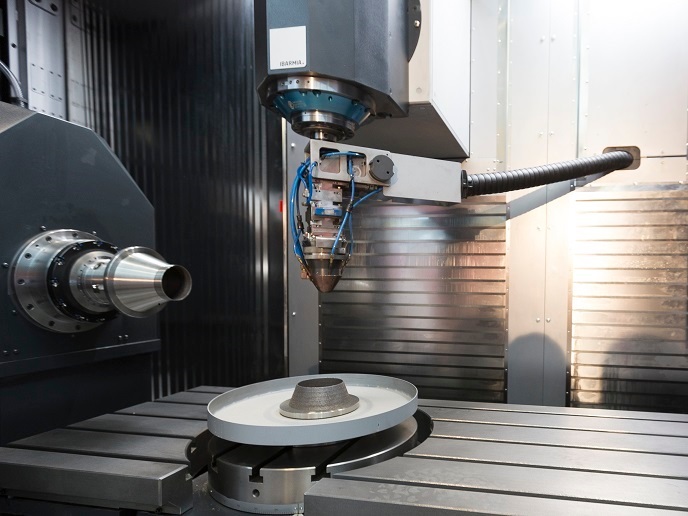New research on electrical and thermal properties of nanomaterials
Within the COOL (First-principles engineering of thermal and electrical transport at the nanoscale) project, scientists used ab initio techniques based on density functional theory to identify the electrical and vibrational properties of nanoscale materials as well as the carriers' relaxation times. They also worked on developing a new method to compute electron-phonon coupling in complex material geometries and in the presence of interfaces or defects. In particular, research activities were geared towards studying heat transfer in low-dimensional materials such as graphene. The team offered valuable insight into the extraordinary high thermal conductivity in graphene as well as the coupling strength between electrons and lattice degrees of freedom. Research outcomes are important for the creation of future nanoelectronic devices. Extensive research was also conducted on monitoring structural disorder in another two-dimensional material, molybdenum disulphide. Controlling the structural integrity of such materials is crucial for developing reliable and efficient optoelectronic devices. In close collaboration with industry, the COOL group developed thermoelectric materials based on sulphide compounds and thoroughly studied their transport properties. Improving the fundamental understanding of a promising class of thermoelectric materials can lead to the development of new commercial compounds that could have a positive economic and environmental impact. All project results have been published in peer-reviewed journals and presented at one of the most prestigious conferences of the electronic structure community in Spain.







